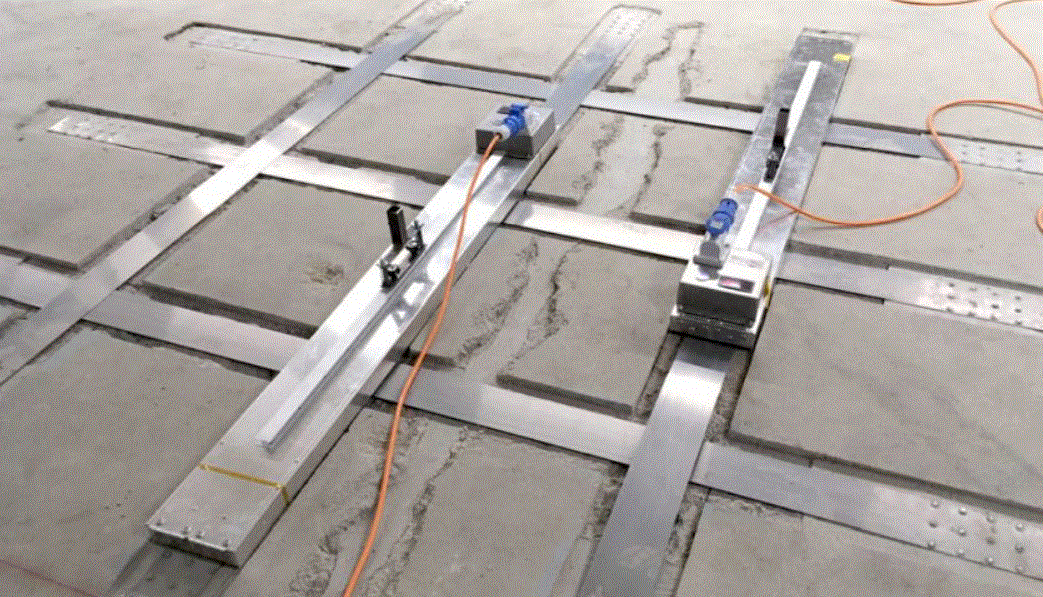Reinforce old and new concrete structures
A new construction material developed at Empa is about to be launched on the market: "memory-steel" can be used to reinforce not only new but also existing concrete structures.

Until now, the steel reinforcements in concrete structures have usually been prestressed hydraulically. This requires sheathing tubes for guiding the prestressing cables, anchors for power transmission and oil-filled hydraulic presses. The space requirements of all this apparatus created the geometric framework for any structure made of prestressed concrete; the subsequent stiffening of older structures therefore sometimes fails due to the high space requirements of this proven method.
In around 15 years of research work, experts from the Empa and the spin-off re-fer AG have now brought an alternative method to production maturity: iron-based shape memory alloys that contract when heated and thus permanently prestress the concrete structure. Hydraulic prestressing can thus be dispensed with - it is sufficient to heat the steel briefly, for example by electric current or by means of infrared radiators. The new building material is marketed under the name "memory-steel". Several pilot projects, such as the reinforcement of various reinforced concrete slabs, have already been successfully completed.
Development of the new building material
The development of "memory-steel" began in the early 2000s. In the decades before, Empa had already done pioneering work in the subsequent reinforcement of concrete using carbon fiber reinforced plastic (CFRP). This gave rise to the idea of using shape memory alloys to prestress concrete. Initial tests with nickel-titanium alloys were positive. However, the material, known from medicine, is far too expensive for use in the construction sector. In 2009, Empa researchers then succeeded in developing an iron-based shape memory alloy, which they also patented. In 2012, researchers led by Julien Michels finally founded the company re-fer AG.
New possibilities for old buildings
"memory-steel" will initially be used primarily to retroactively reinforce existing buildings. For example, as soon as new windows, doors or elevator shafts are installed in the concrete structure of an old building, reinforcement of the supporting structure is often unavoidable. In industrial buildings, the load-bearing capacity of an old false ceiling sometimes has to be increased. Thanks to "memory-steel," such tasks can now be solved easily even in confined spaces: Either a strip of the special steel is fixed under the ceiling by means of dowels and then heated with electricity or by infrared radiators. Alternatively, the reinforcement can also be set in concrete: To do this, a slot is first milled in the surface of the concrete ceiling, then a ribbed reinforcing bar made of "memory-steel" is inserted into the recess and filled with special mortar. Finally, the profile is heated by means of direct current and thus prestressed. Another variant is to embed the reinforcing bar in an additional shotcrete layer.
Precast concrete parts with special geometry
In the future, the newly developed construction material could also be an effective means of producing precast concrete parts with a previously unknown geometry. With the hydraulic prestressing methods commonly used to date, friction occurs with curved structures, which severely limits the use of this method. With a profile made of "memory-steel" set in concrete, highly curved structures are now possible: When heated, the profile contracts uniformly over the entire length without frictional losses and transfers the stress to the concrete.









